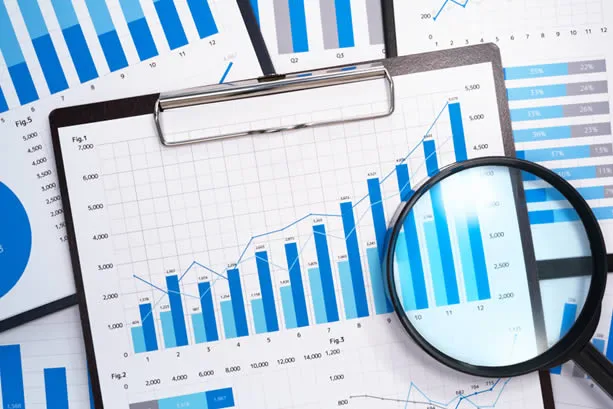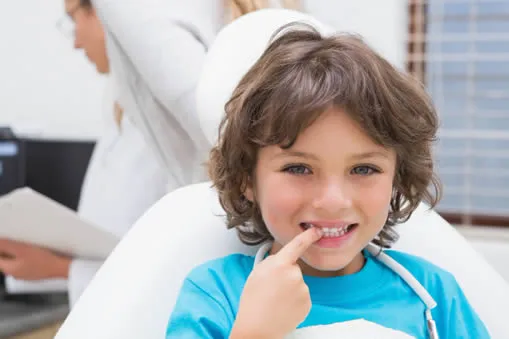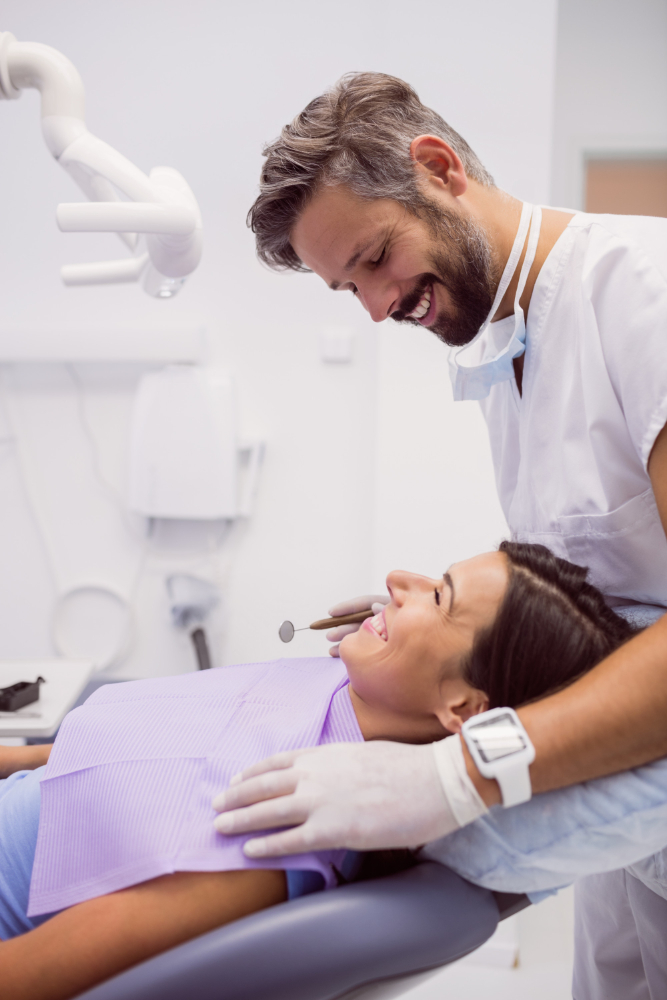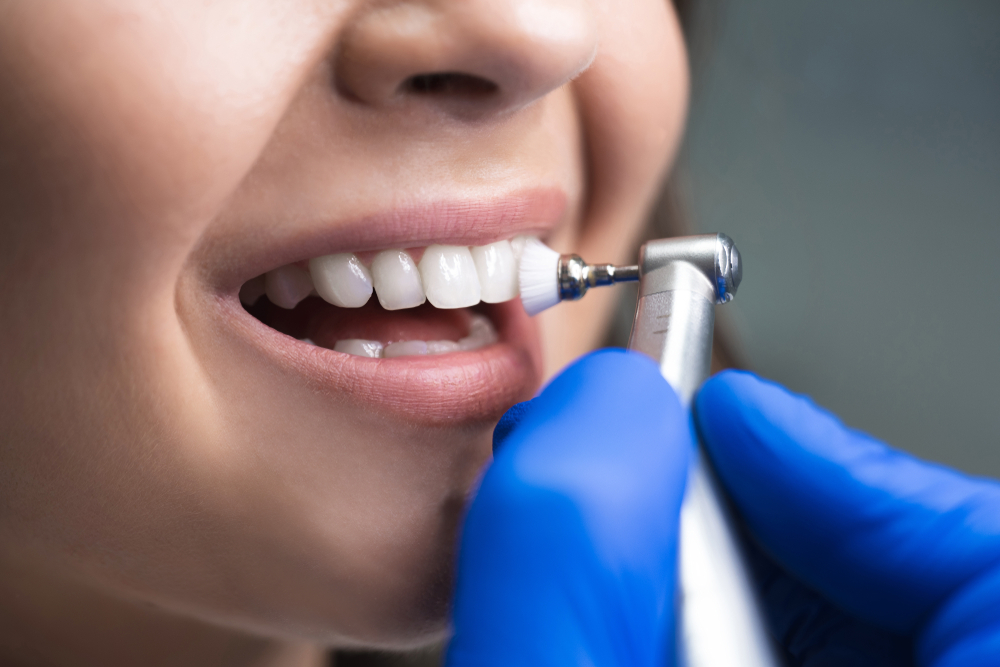Dental Hygiene
We believe that a healthy smile starts with good dental hygiene. Dental hygiene is the foundation of oral health, and it plays a crucial role in maintaining healthy teeth and gums. Neglecting dental hygiene can lead to a host of oral health problems, including tooth decay, gum disease, and even tooth loss. That’s why it’s essential to practice good dental hygiene habits daily, including brushing and flossing regularly, and scheduling regular check-ups with your dentist. In this article, we’ll dive deeper into the importance of dental hygiene and why it’s vital for maintaining a healthy smile.
“Healthy teeth, healthy life – start with proper dental hygiene.”
Dental Home Care
No treatment will be effective unless you follow it up with routine and proper home care. This means you should brush and floss regularly after every meal and at a minimum twice a day. The key is not only to do it regularly but also to do it right. Here’s how.
Flossing
To properly floss you should wind the floss around both of your index fingers and push it between each of your teeth in your mouth. Make sure to freely move the floss upwards, downwards and even sideways to remove any food particles or plaque that may be lodged between your teeth or under the gums.
Brushing
Many people these days use an electric toothbrush such as a Sonicare. Whether you use an electric or still prefer a manual brush you should hold the brush at a 45-degree angle to your teeth. Gently but thoroughly rotate the bristles across your teeth and under your gums with a backward and forward motion. Be sure to also get the top surfaces of your teeth where you bite or chew on food. Your tongue can also be cleaned with your toothbrush, which will help reduce bad breath. Lastly it is important to brush the inside surfaces of your teeth with the same rotating motion.
When brushing, it is important to use toothpaste that contains fluoride. Fluoride helps harden the outer layer of the tooth, called enamel, which will prevent cavities and also reduce bacteria in the mouth. It can also reverse the formation of smaller cavities.
Lastly, antibacterial rinses can also help reduce bacteria in the mouth. Please check with your dentist or dental hygienist if you have any additional questions about dental hygiene.
Helpful Related Links
- American Dental Association (ADA). Glossary of Dental Terms.
- American Academy of Cosmetic Dentistry® (AACD). Home Page.
- WebMD. WebMD’s Oral Care Guide.













